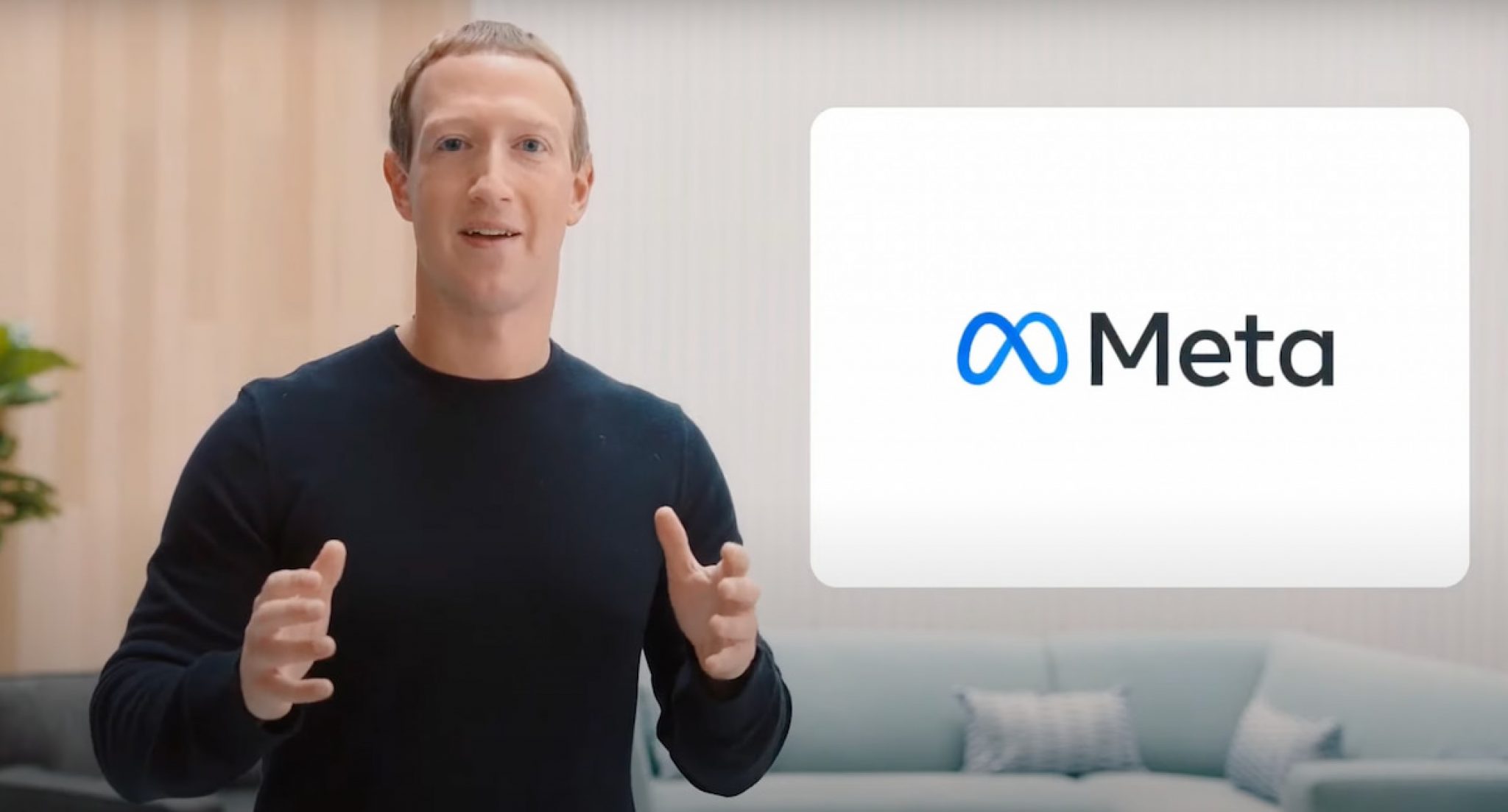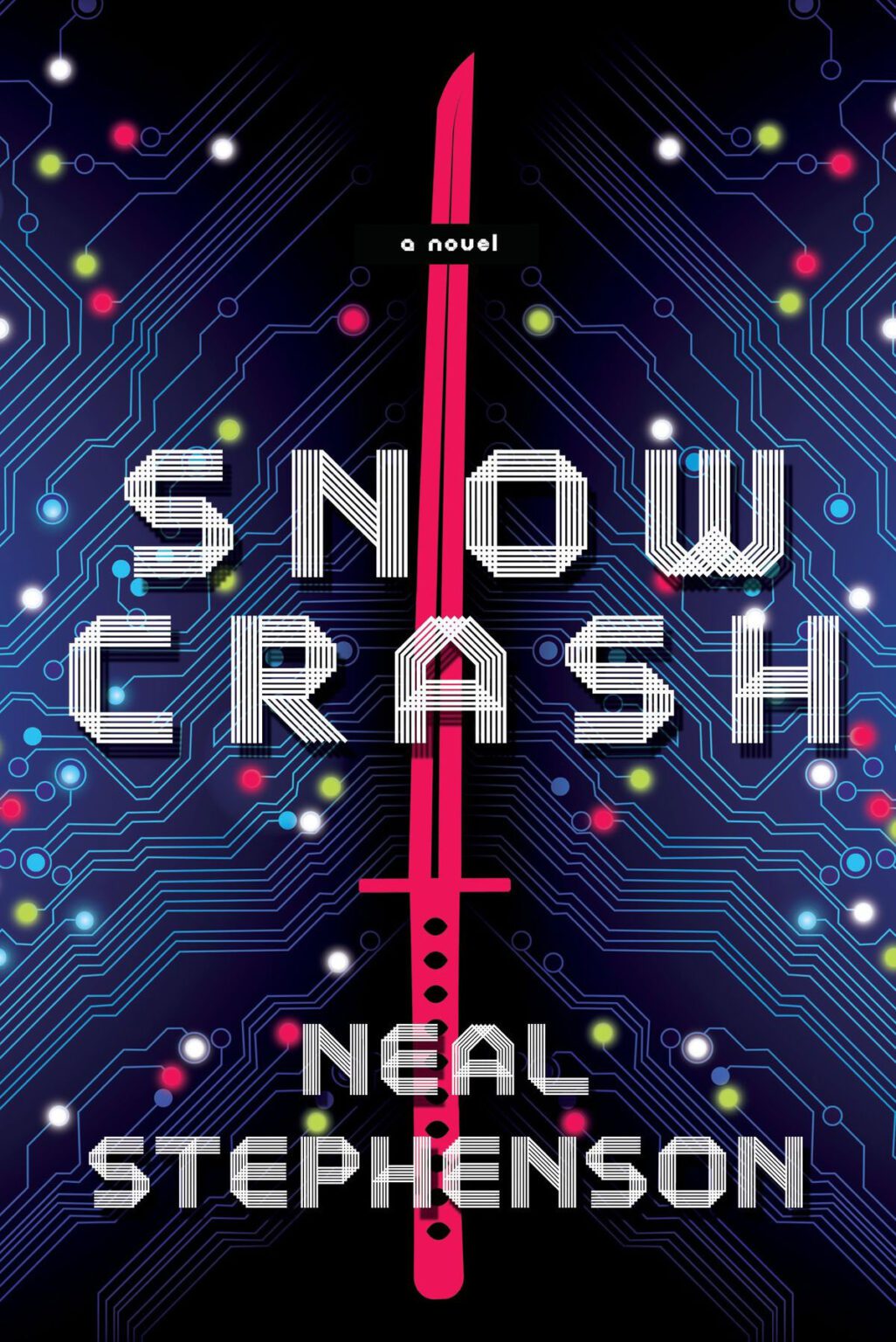I’m sure some of you saw the trailer for The Creator, a movie that hit theaters sometime in September. The trailer appeared to promise an action-packed intellectual movie that grappled with the question of what AI will mean for the future and how our relationship with it will develop over time. While the movie began filming in January of 2022, its timing could not have been better, nor could it be more ironic.
Poster image for The Creator movie
According to a review by Christy Lemire, the Creator is not as innovative as it appears to be. She comments that its central trope has been reused excessively throughout film history. The main kid (The Creator) is an all-powerful creature who could be humanity’s savior or destroyer — sound familiar?
What’s ironic about this blatant reuse of tropes is that it’s almost like an AI was used to create the plot for the movie: regurgitating previous innovations instead of creating something new and unique. This irony turns problematic when one remembers the Writer’s Guild strike that went on for the past several months.
That strike ended on September 24th when the Writers Guild of America (WGA) and the Alliance of Motion Picture and Television Producers announced that an agreement had been reached. This was Hollywood’s second longest strike, and it appears to have been a successful one as the “deal is exceptional” according to WGA leaders.
The agreement doesn’t prevent writers or productions from using generative AI but lays out rules prohibiting the use of the software to reduce or eliminate writers and their pay.
“A writer can choose to use AI when performing writing services, if the company consents and provided that the writer follows applicable company policies, but the company can’t require the writer to use AI software (e.g., ChatGPT) when performing writing services” (Statement from the agreement).

Writers Guild of America on Strike
This agreement seems to be a good first step towards regulating AI in terms of putting the power into the hands of the individual, rather than that of large corporations.
Additionally, the agreement states that the WGA has the “right to assert that exploitation of writers’ material to train AI is prohibited by MBA or other law.”
Besides the simple use of AI technologies as a tool to replace “writers” and lower their pay, another major concern had been the exploitation of writers work and ideas. Using their innovations to create the very AI models that would potentially replace them.
Regardless of the outcome of this strike (once the final details are released), I believe that they will serve as precedent for future discussions regarding the regulation of AI tools and the protection of individual data and rights.
The question that is going to need answering, as soon as possible, is who owns what. For example, if an data is scraped from a website and is used to train an AI model, the company that owns the website will likely cry out that they had not been compensated for the use of that information. However, that company is not compensating the people who created and generated that content and posted it online.
It becomes a tangled web of ownership and rights, one that I am unsure will be untangled properly without damaging something or someone.




